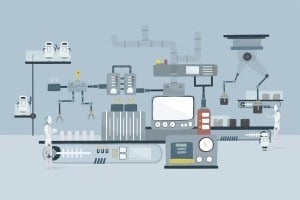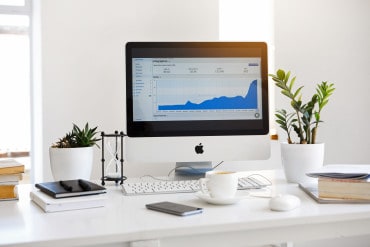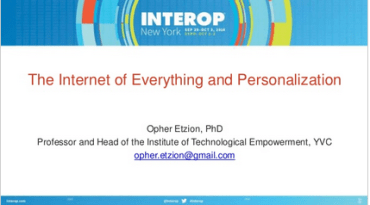
In a rush to deploy sensor networks and to begin gathering real-time data, sensor calibration is often overlooked. What do you need to keep in mind?
Real-time data analytics require correct sensor calibration to maintain accuracy. The process of sensor calibration is one that companies may overlook, which can detrimentally impact their data analytics process by providing inaccurate data that renders itself non-actionable.
Poor calibration can also cause damage to hardware and general infrastructure. Fortunately, there are some practices to help businesses ensure their sensors are working with accurate calibration.
The importance of sensor quality
Companies using poor-quality sensors are likely getting inaccurate data, assuming they are not extensively spending time on calibration points. Even in high-quality sensors, some amount of calibration is necessary to ensure accuracy, so a low-quality sensor without regular calibration is likely doing more harm than good.
Especially for sensors that deal with potentially dangerous situations, like gas monitoring, sensor calibration can help prevent a catastrophe. Sensors expose themselves to aspects of climate and materials that can degrade its accuracy, making calibration an essential process.
One of the reasons why companies can neglect the importance of calibration is a general unfamiliarity with the process. Several companies are developing analytical measurement systems in response, requiring less maintenance in their calibration processes, while also telling operators when servicing should occur.
See also: Not all sensors are smart enough for fog computing
Intelligent Sensor Management (ISM) processes analytical instrumentation through the use of onboard microprocessors, touting the ability to provide measurement points that ensure calibration confidence. The sensor management effectively monitors sensor health and deterioration, with diagnostics showing operators when calibration should occur.
Specifically, predictive diagnostic tools include an adaptive calibration timer, time-to-maintenance clock and dynamic lifetime indicator. These tools help promote orderly and efficient calibration while making for the more effective use of technician time.
Predictive diagnostics and electronic calibration services will continue to play a large role in sensor calibration for real-time data analytics, especially for gas companies and power plants, whose monitoring of certain data is essential for safety.
ISM, in particular, goes extra lengths in storing calibration data in onboard memory, resulting in a more stress-free process in case of an operator error. These sensors can remain in storage until they’re required, making the period of difficulty very brief.
Calibration concerns also a common issue
Sensor quality issues are a common issue in data analytics and automated operations, with customers citing sensor-level issues as the cause of 40 percent of issues they experience.
In addition to providing inaccurate data, erroneous sensors can cause equipment damage to surrounding infrastructure, as well as damaging the actual sensor.
Beyond the infrastructural issues, sensor calibration is a reminder of how accurate data is essential to most operations.
For example, a food provider can experience an entire shipment of items gone bad if issues with the sensor cause inaccuracies in temperature readings. Additionally, a power plant can experience very wasteful spending and energy without proper calibration of sensors, which monitor general processes.
Sensor calibration will continue to play a prominent role in the rise of IoT analytics, driven by datasets via sensor technology.
In IoT analytics, sensors can gather data about the surrounding physical location, even with frequent changes in the environment. This environmental data combines with other forms of analytics to provide a clear picture. IoT projects harness the power of sensors, video feeds, geolocation data, product usage data and social media interactions to provide a variety of insight, which consumer product marketing experts will find interesting.
Sensor calibration plays an immensely important role in the field of real-time data analytics, ensuring the accuracy of data while preventing infrastructural damage.
Electronic calibration services and management solutions are providing forms of calibration that do not require ample technological expertise, a sensible solution considering the rise of IoT-driven analytics and sensor use across many industries.
Image by Rawpixel







